Will Your Pet Recognize A Portrait of Itself?

If you’re thinking about purchasing a custom pet portrait of your special, furry friend, you’re probably caught up in the excitement of the process. Choosing the right picture, selecting the right outfit, finding a place to hang the portrait—these are all exciting parts of buying your first custom pet painting.
But have you ever wondered if your pet will actually be able to recognize a portrait of themselves? We did! We wanted to know more about how our dogs think and what they can recognize, so we did a little research! Crown & Paw has the answers you’re looking for.
Ok, How Can We Really Know What Our Pet Is Thinking?
It’s not like we have a translator, right?
Unfortunately, pet to human translators have not yet been invented. However, we have the next best thing… people who have dedicated their entire lives to studying animal behavior. Animal behaviorists take a close look at the ways that our canine companions relate to us and the world around them, which helps them be able to answer the questions that we so often have about them.
Let’s face it. How many times have you looked at your pet and thought to yourself, “I wonder what they are thinking right now?” We sure have. We spend so much time caring for our pets and giving them our unconditional love and devotion that it’s normal to wonder if they return the feeling. While animal behaviorists can’t actually know what your dog is thinking, they have studied them for long enough that they can make an incredibly educated guess.
Can Our Pets Even Think?
This has been the focus of a lot of research for decades, starting all the way back with Charles Darwin in the 1850s. While they can’t sit and fill out an IQ test (and yes, there are IQ tests… for dogs, anyway! More on that in a few), animals have shown themselves to have an incredible depth of both emotional and mental capacity.
Much of what we believe to be true about animals and their ability to think and reason comes down to something called the Theory of Mind. The theory of Mind is a concept that refers to whether or not a person (or animal) is able to not only understand that they have the mental capacity to think but also that their thoughts may differ from others.
A good example of a way that animal behaviorists come close to understanding whether dogs can actually exhibit the Theory of Mind is in the way that they interact with their humans. It all comes down to treats.
When studying dogs and the ways that they look for treats from the people around them, dogs almost always seek out the people who are facing them and especially those who are looking at them. That shows a type of cognitive awareness and the ability to pay attention to the facial expressions of those around them, especially when it comes to reaping the rewards. Of course they can think!
Dogs Can Think...But Can They Feel?
Watching your dog work out how to get themselves a treat proves that they can think and reason, but can they feel? Do they love us? We know that they obviously feel the basic emotions, like fear, but does it get any more complex than that?
Just like really knowing if dogs can think, knowing if they feel more complex emotions like guilt and shame becomes a tougher job. While most pet owners claim that their dogs will feel guilty after they’ve done something “wrong,” a lot of that comes down to something called anthropomorphizing.
Simply put, anthropomorphizing is attributing human feelings and emotions to dogs. This is a cute, mostly harmless thing that most people do with their pets, but it can also lead to plenty of misunderstandings.
When studying dogs and their ability to understand feelings and emotions, we can get the most information from how they seem to read us. In certain studies, dogs tended to have far more aversive reactions when shown pictures of people with angry faces as they did those with smiling, happy faces. This same theory can be extended to how they interact with other dogs. They seem to be able to tell those playful happy barks from the angrier, more aggressive ones.
Can Dogs Recognize Themselves?
Since we can’t really ask them, it is unlikely that we’ll ever really know the answer to whether or not they can actually recognize themselves, either in a mirror or in a pet portrait. However, we can take what we know about our pets and apply that logic to try to answer the question with a reasonable amount of certainty.
Have you ever seen your dog stop to check themselves out in a mirror? The answer to that is likely no. Most dogs don’t really pay attention to their reflection, especially once they grow out of their puppyhood. This is a stark difference from people who, even as babies, recognize themselves in the mirror. Dogs lack this type of self-awareness.
However, for many animal behaviorists, this isn’t a good enough answer to the question. For them, it isn’t that dogs can’t recognize themselves; it’s that they don’t care enough about themselves (since they don’t have an ego). As most of us with dogs know, they are often so much more focused on what we’re doing than themselves. Unlike humans, who can be incredibly self-absorbed, dogs are selfless. What does their reflection matter anyway?
Ultimately, while we’ll never know whether or not they “can” recognize themselves in a portrait of themselves, the actual portrait doesn’t matter. It’s the love that it represents, the fact that you care enough about your pet to feature them prominently on the wall, that really matters.
Habituation
Even if dogs could recognize themselves, they probably wouldn’t care for very long. Much of this is because of a process that happens in the animal world known as habituation. Over time, even with the most exciting stimulus, dogs learn not to show their excitement. While that sounds terrible, it’s actually a really good thing. If dogs responded as excitedly to every single thing that happened to them, they would be totally desensitized to the actual dangers that may occur.
A Few Interesting Dog Facts
While we wish we could have told you that dogs will be able to recognize themselves once you’ve put a big, beautiful picture of their face on your wall, that just isn’t the case. And, even if they could, they’d probably just end up ignoring it in favor of their tennis ball or a delicious treat.
However, to make up for it, there were a few interesting facts that we discovered during our research that we’d like to share with you!
For instance, did you know that your dog’s nose print is just as unique as a human fingerprint? In fact, the Canadian Kennel Club (or CKC) has even started recognizing nose prints as a way of identification. When it comes to dog’s noses, their uniqueness doesn’t just stop there. They also have nearly 255 million more “smell” receptors than humans do, which is why they just stop and sniff the air all the time! They’re probably smelling plenty of things that we can’t (which is likely a good thing, in many cases).
Also, have you ever noticed that your dog curls up into a tiny ball when he or she sleeps? It’s adorable to see them all cuddled up, nose under tail, snoozing away, right? While it is definitely a cute trait, there is a real biological reason behind why they sleep that way that may surprise you. It’s actually a throwback to being “wild,” when sleeping curled up helped them to protect their organs from being attacked by predators.
Did you know that petting your dog can actually lower your blood pressure? In fact, in some studies, just 15 minutes of petting your dog can bring your blood pressure down by 10%. Not only that, but it triggers the body to release a whole host of hormones that influence the body positively—serotonin, prolactin, and oxytocin—while also lowering dangerous cortisol levels. Spending time with your dog is actually good for you!
And one last fact, just so you don’t feel too bad about your relationship with your pet. Studies have shown that at least 45% of pet owners let their dogs sleep in their bed with them. You’re in good company.
In Summary…
Even though your dog likely won’t be able to recognize that it is their adorable, fuzzy face that is being featured in their customized pet portrait or pillow, or care even if they do, that doesn’t mean they don’t love the attention! When you love your dog enough to showcase them on your wall, that energy goes on to affect the rest of your lives together. An appreciated dog is a loved dog, and what dog doesn’t deserve to be loved that way?
Sources:
https://www.discovermagazine.com/planet-earth/lets-journey-through-the-mind-of-a-dog
https://www.thesprucepets.com/anthropomorphism-1118402
https://www.psychologytoday.com/us/blog/canine-corner/201107/does-my-dog-recognize-himself-in-mirror
https://blogs.scientificamerican.com/dog-spies/what-do-dogs-see-in-mirrors/

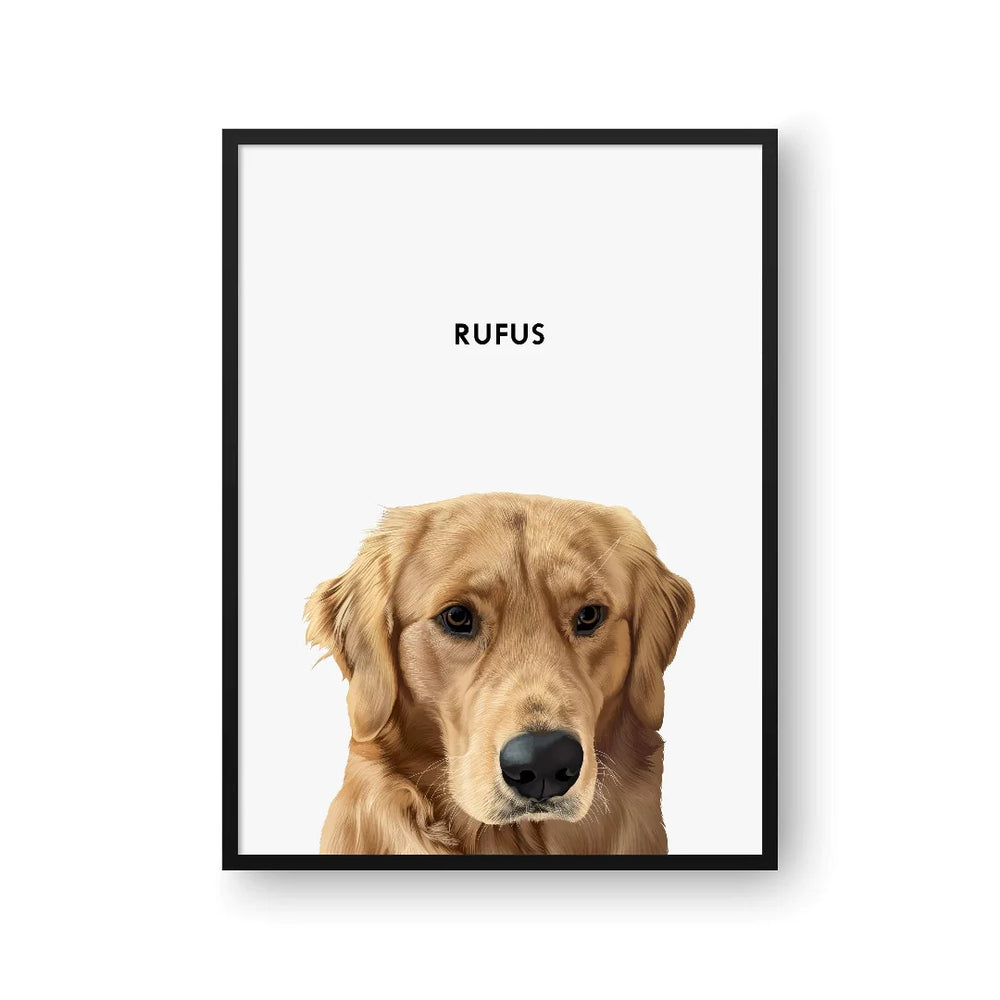
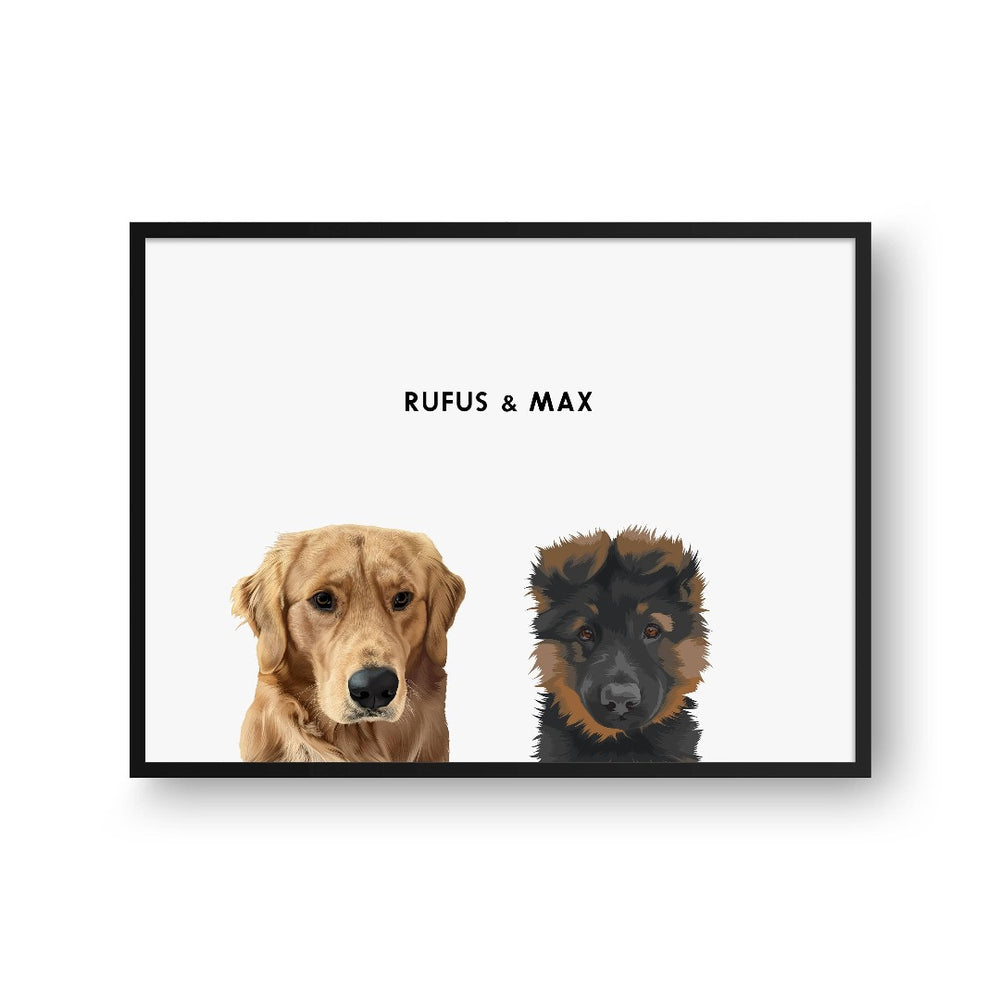
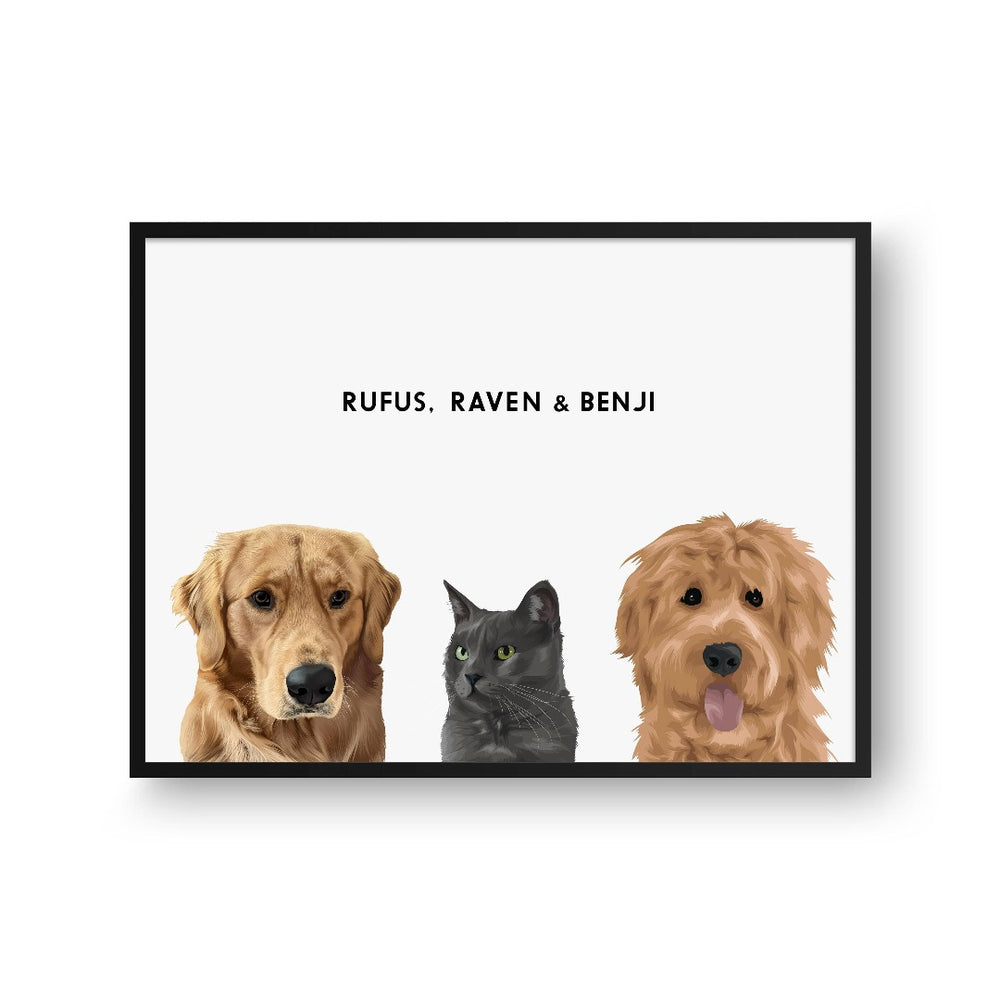
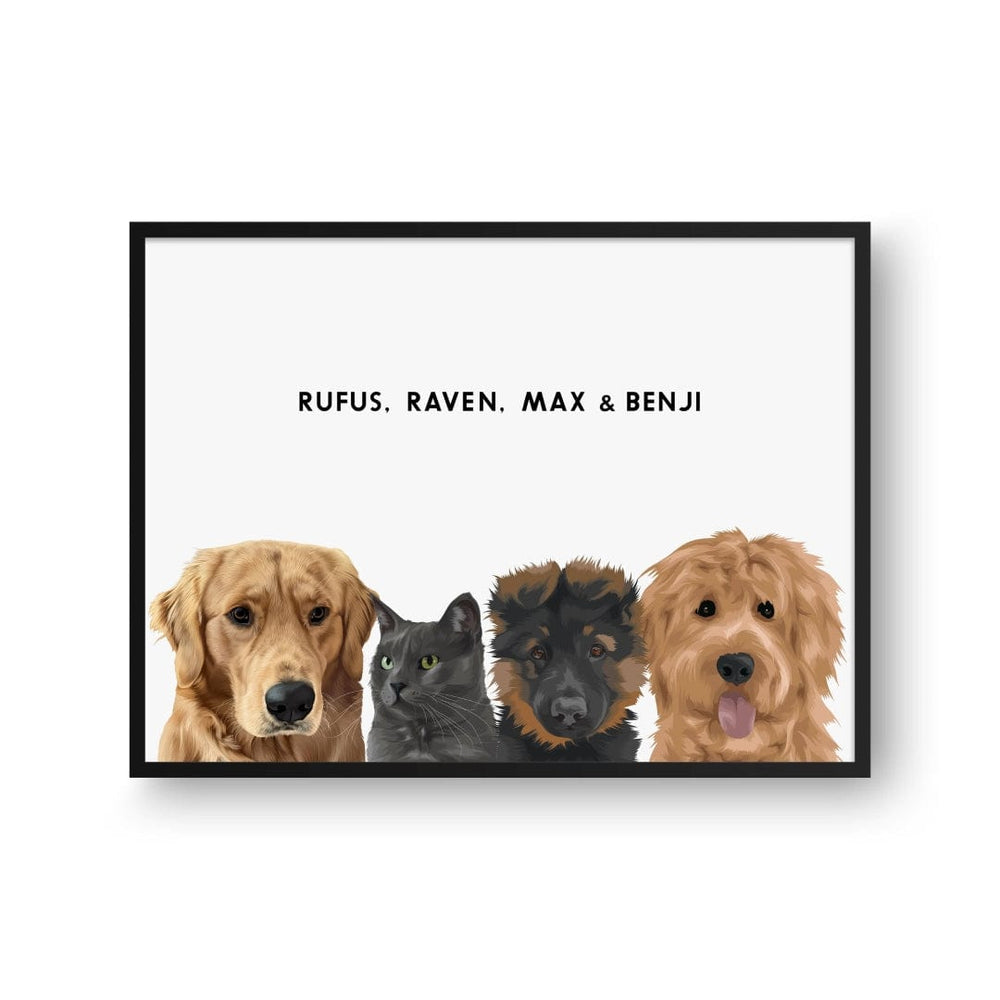

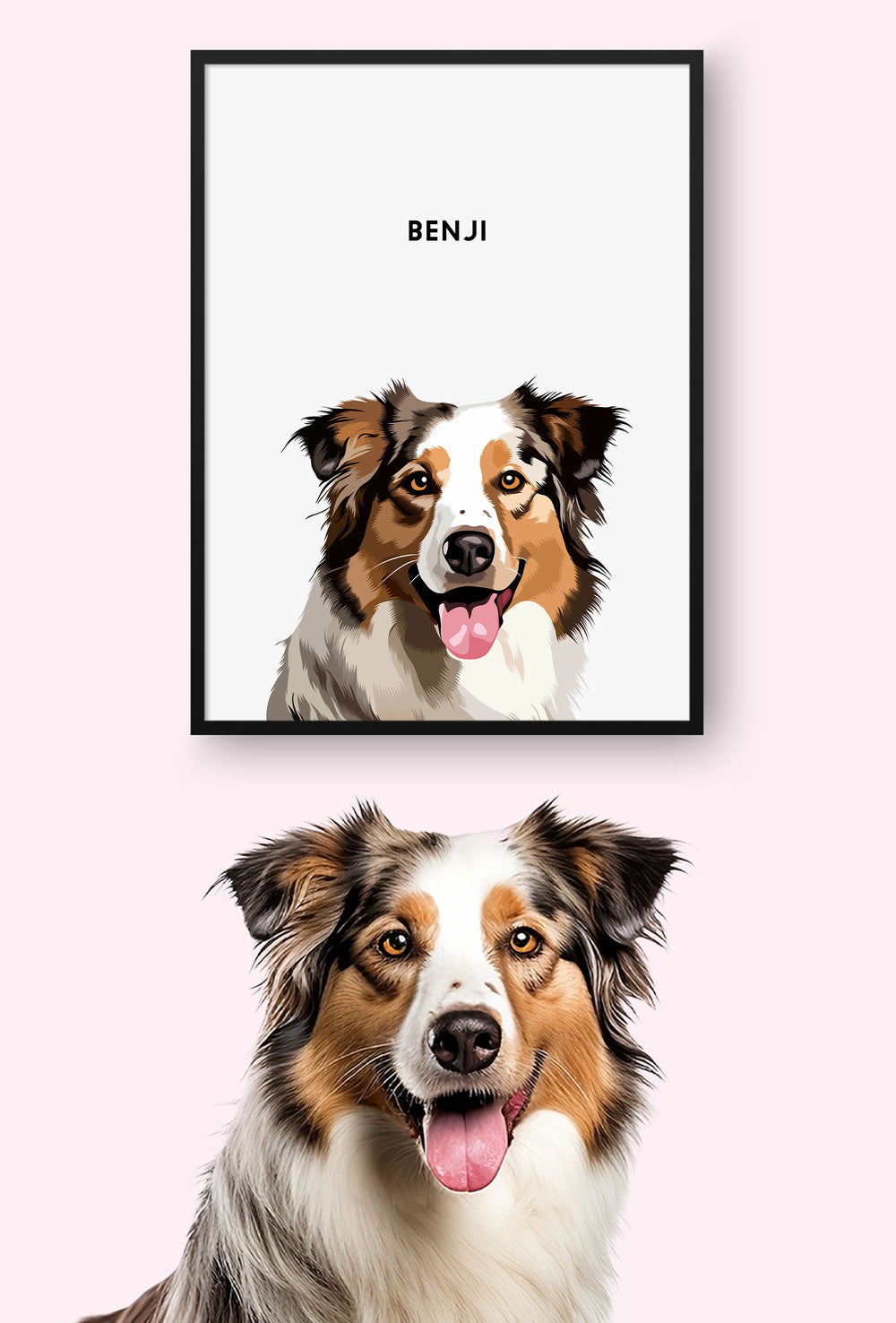
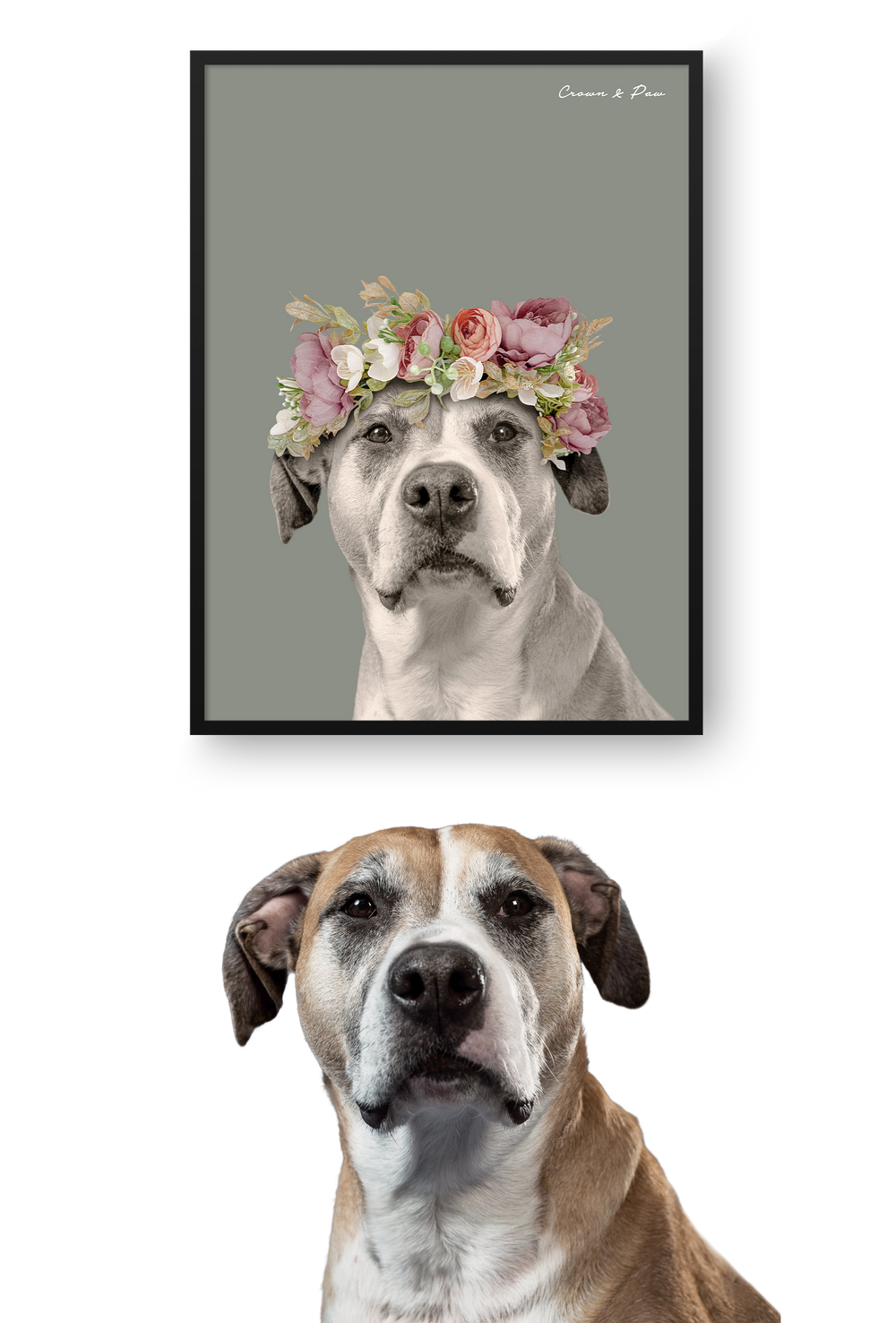
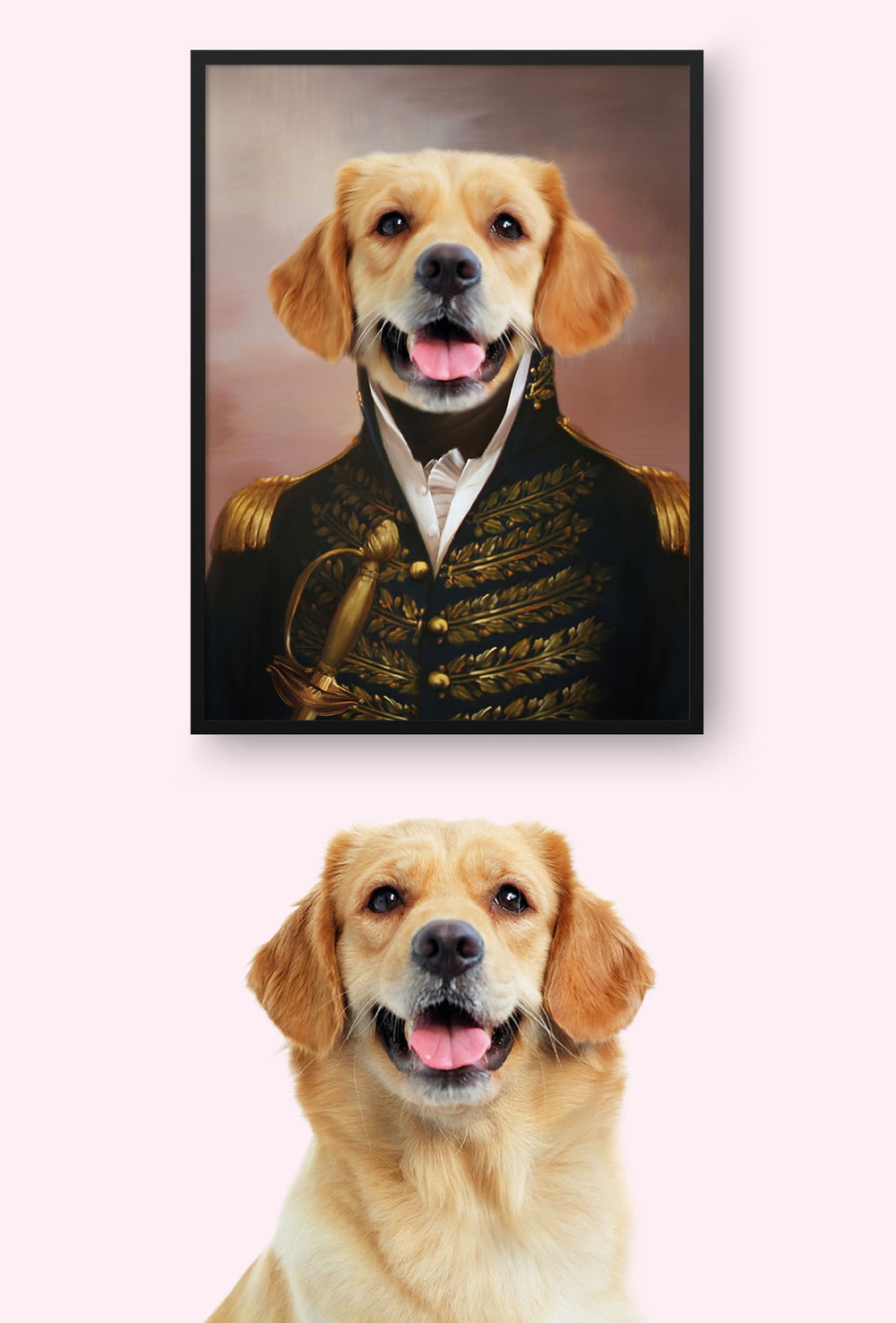
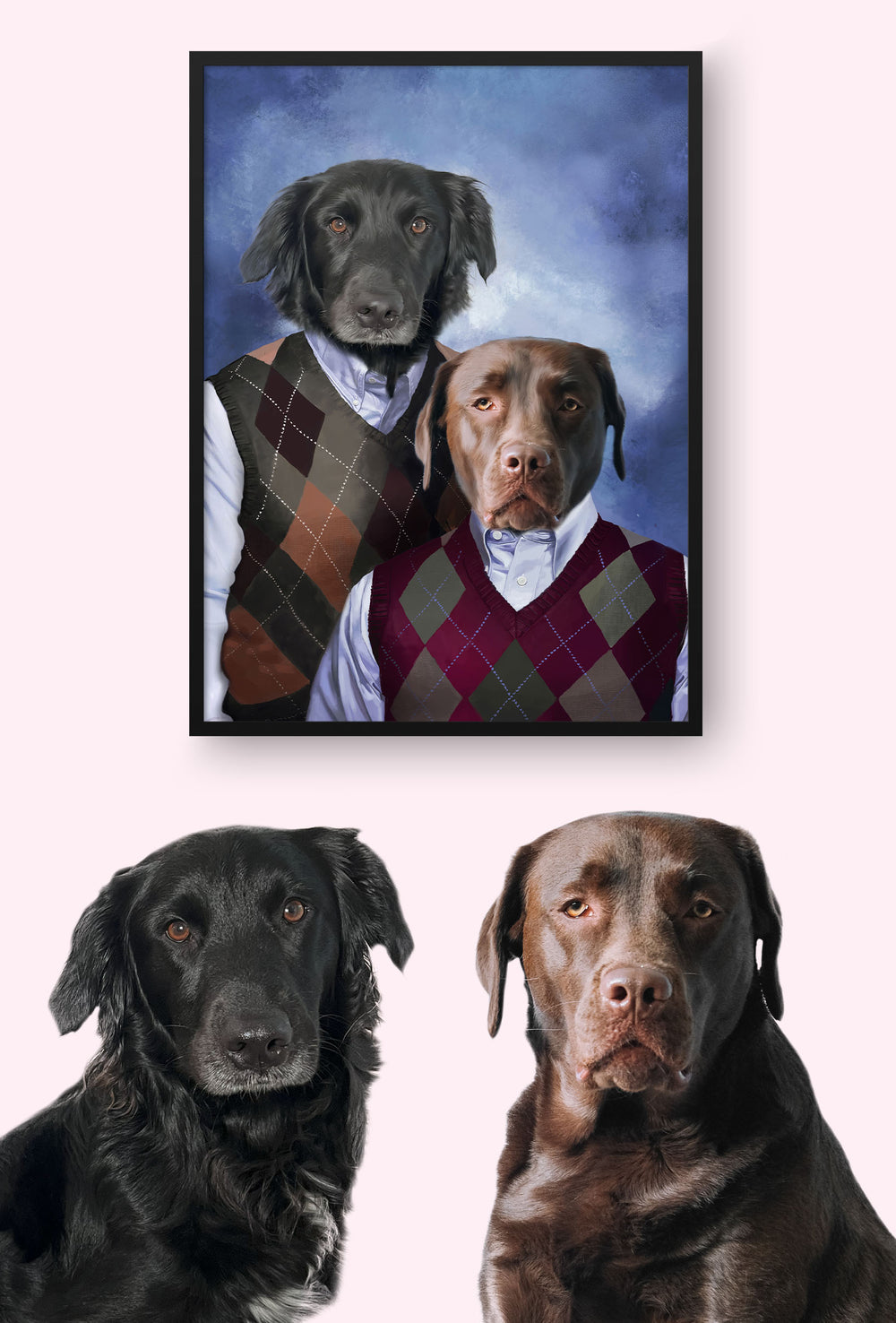
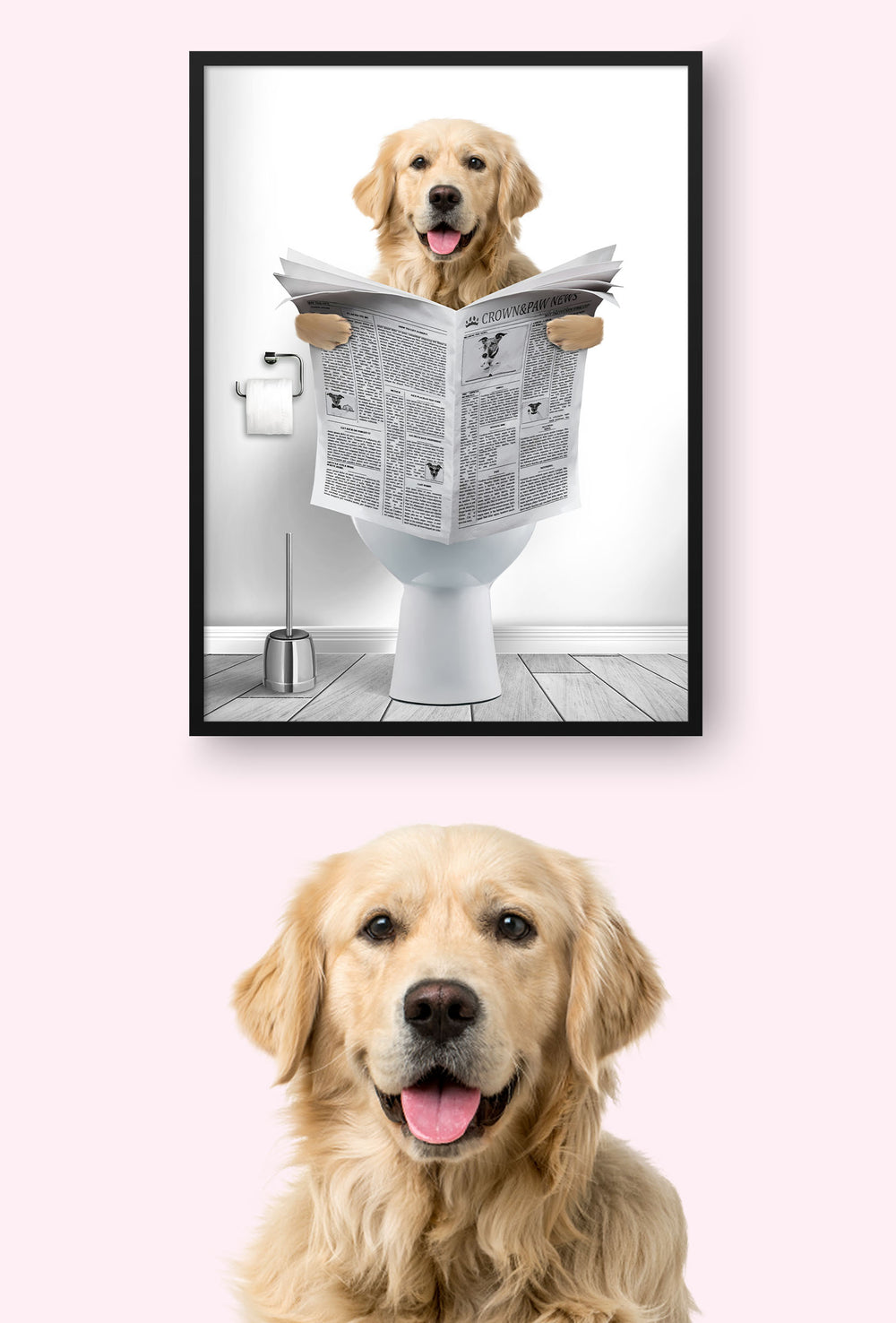
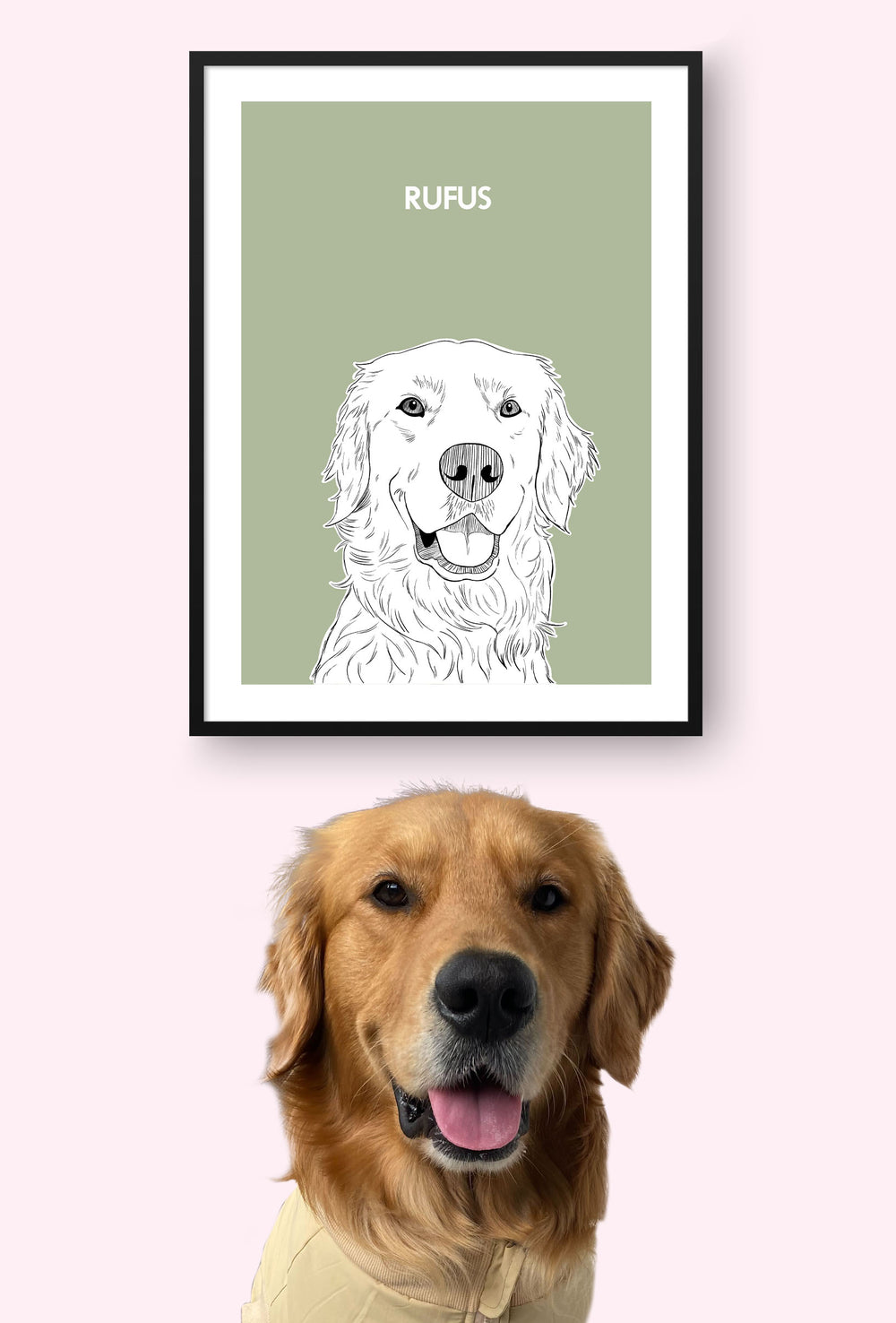


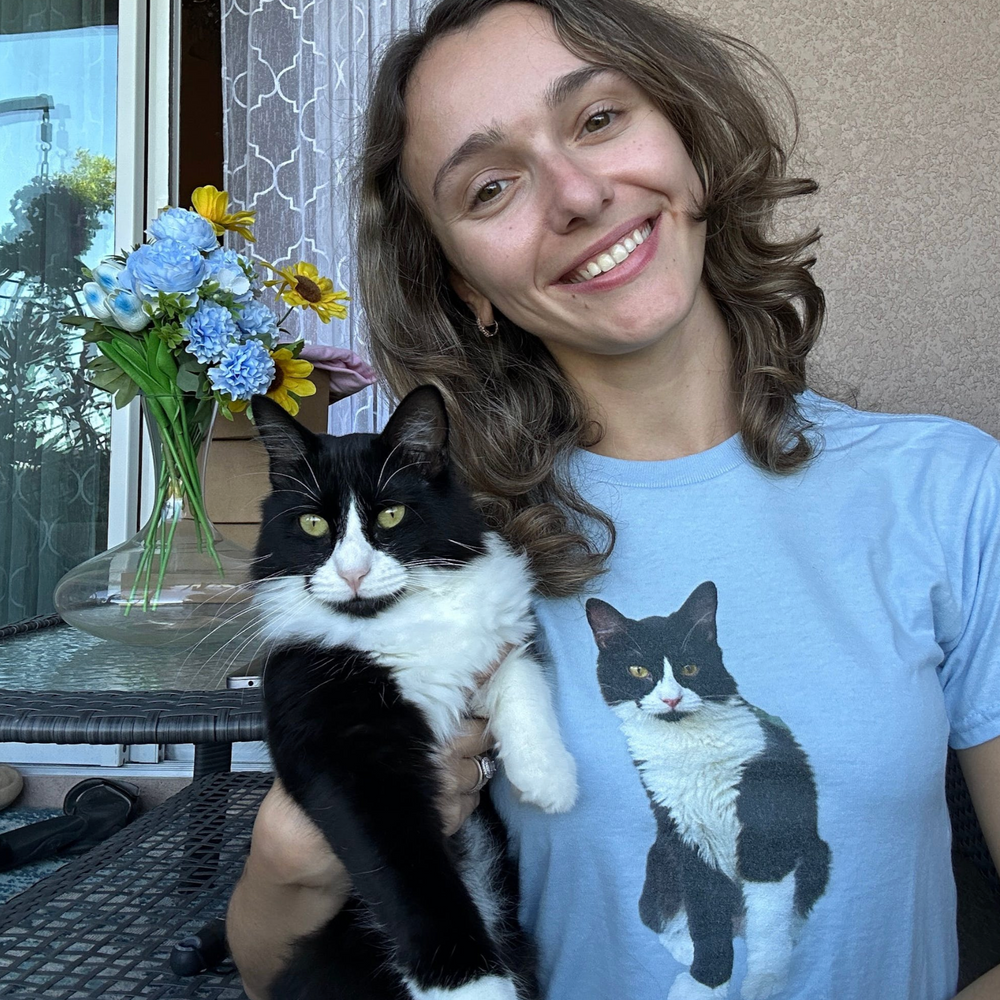
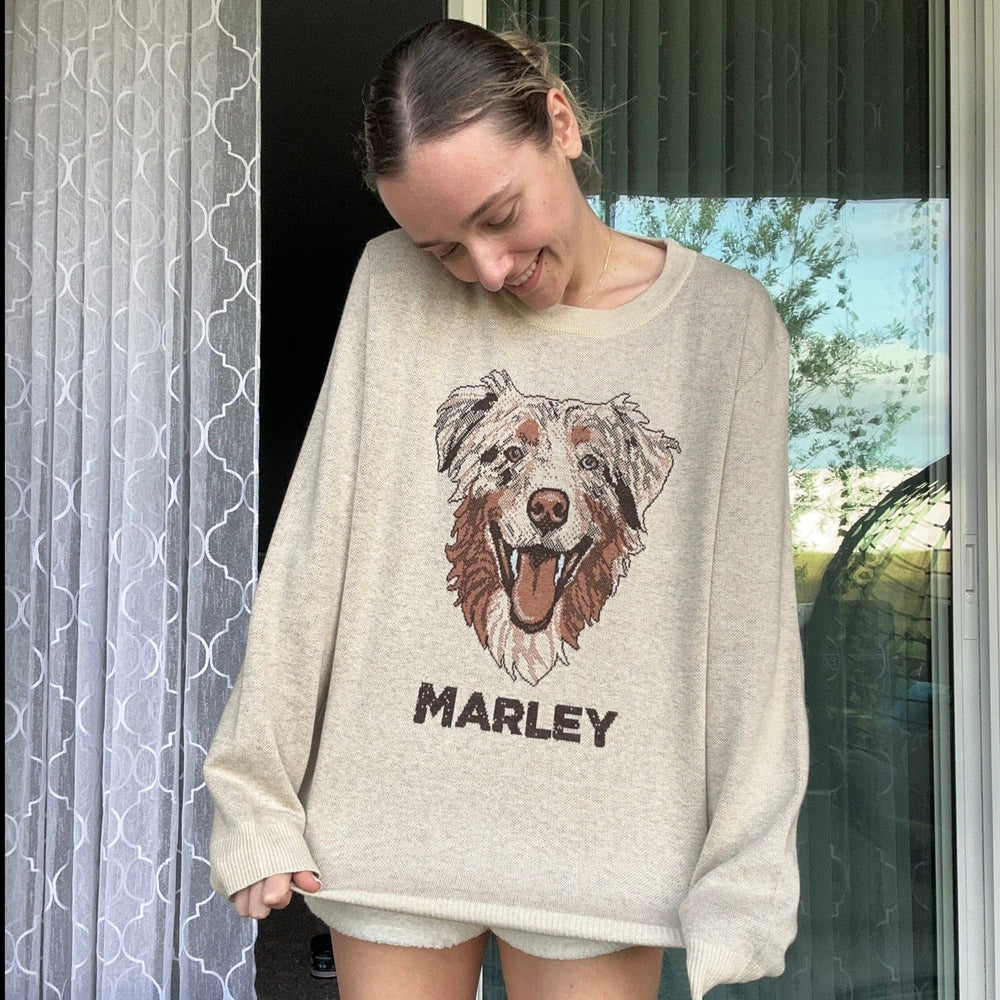
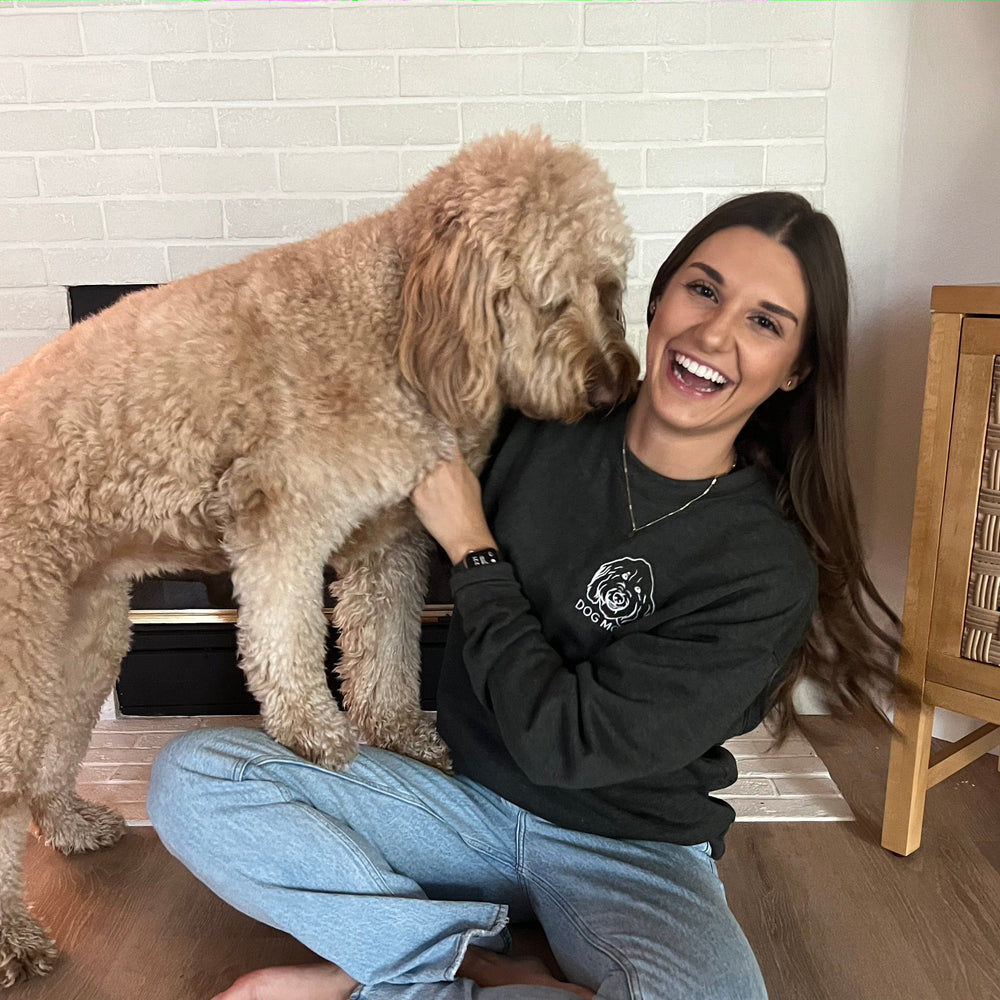
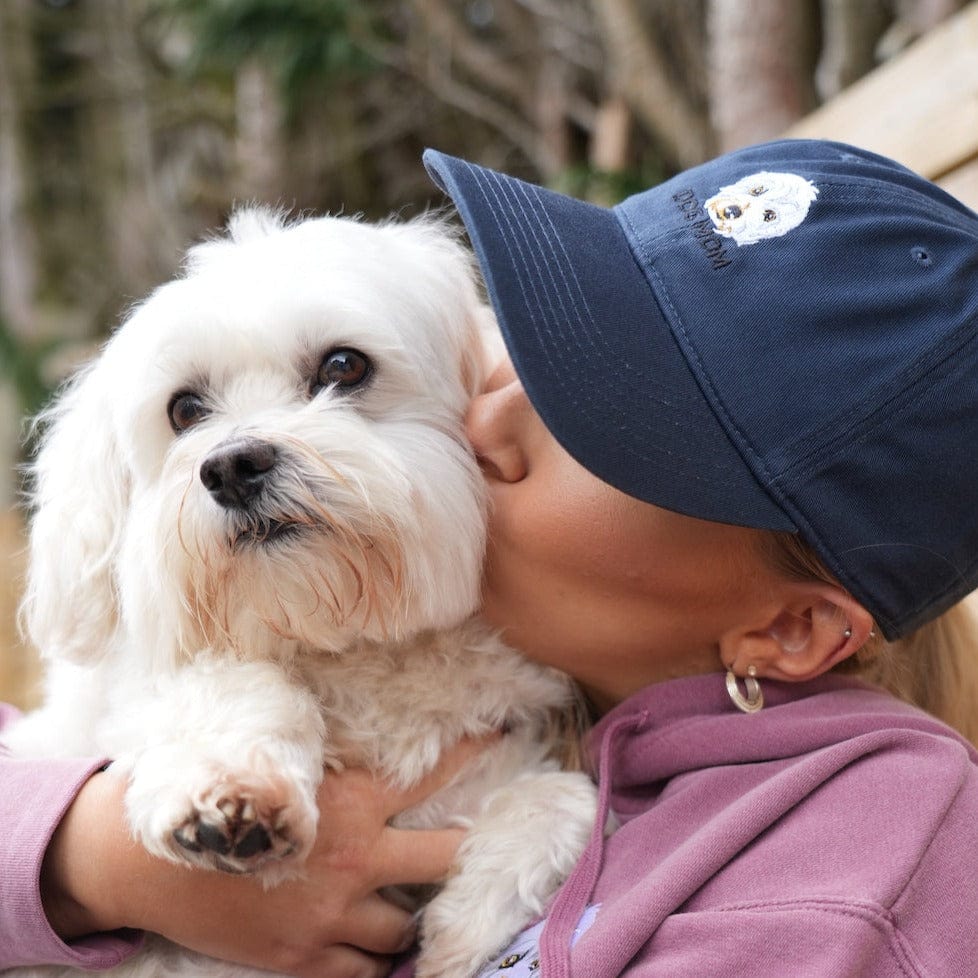
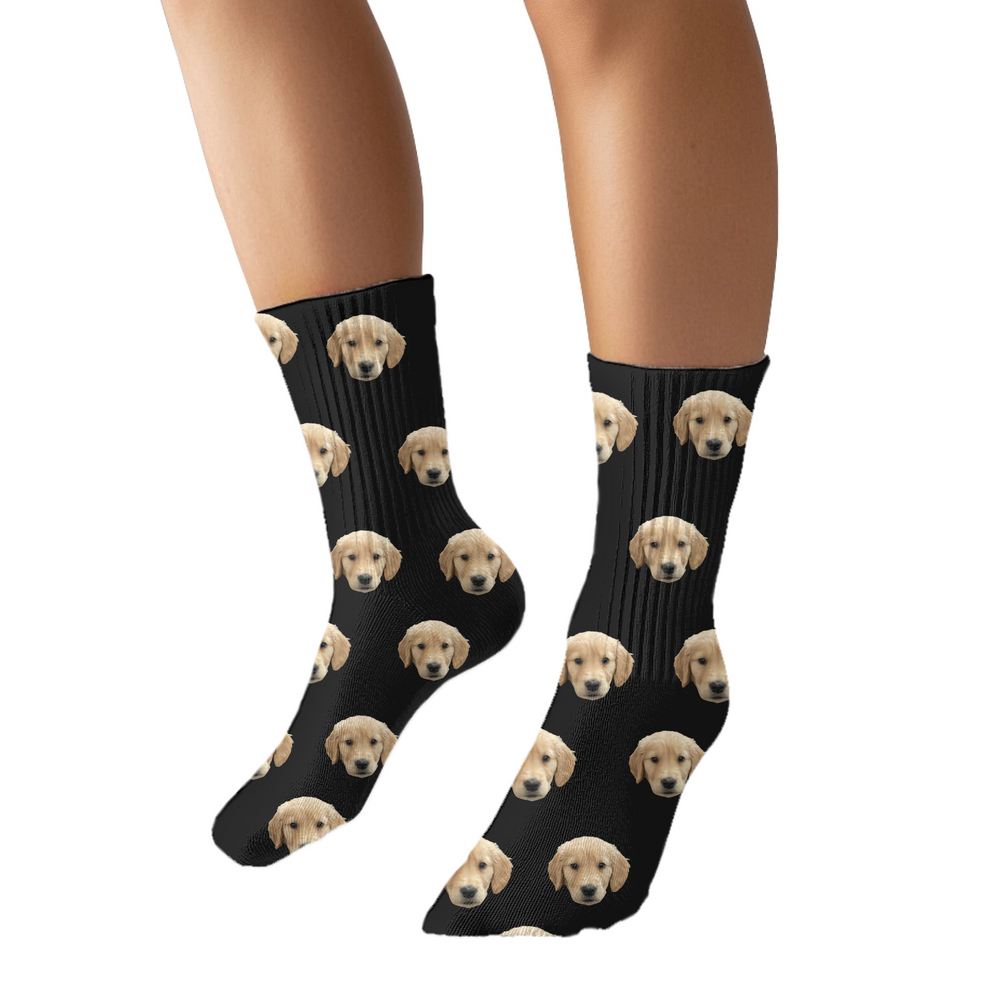
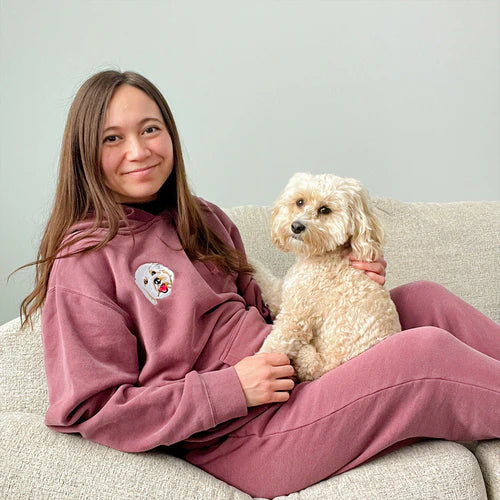
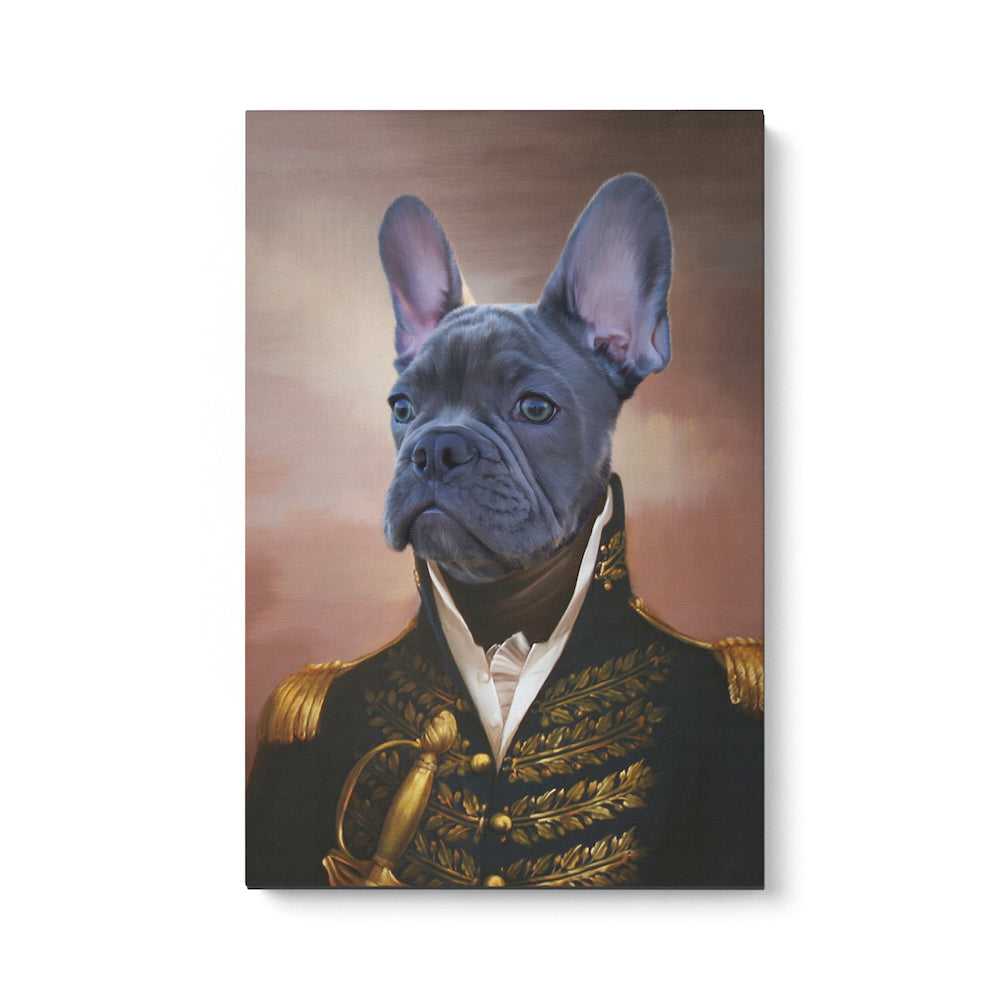
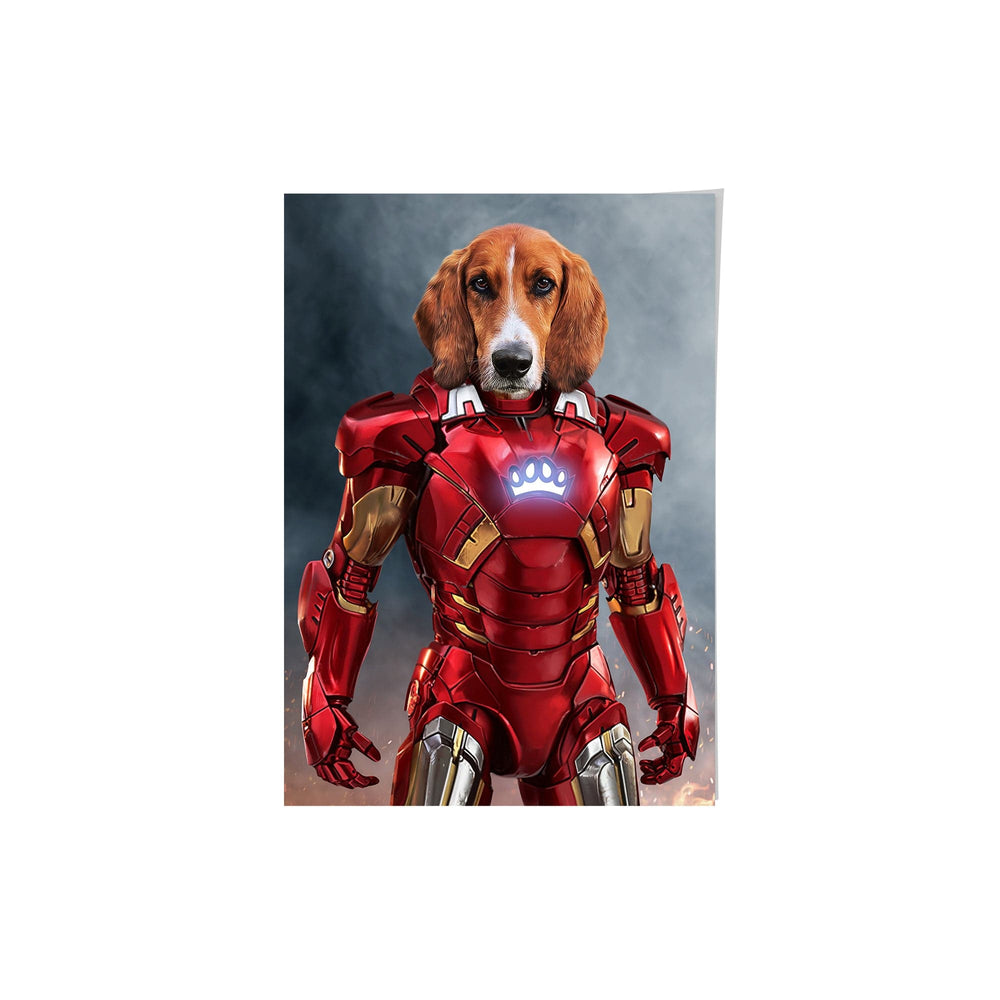
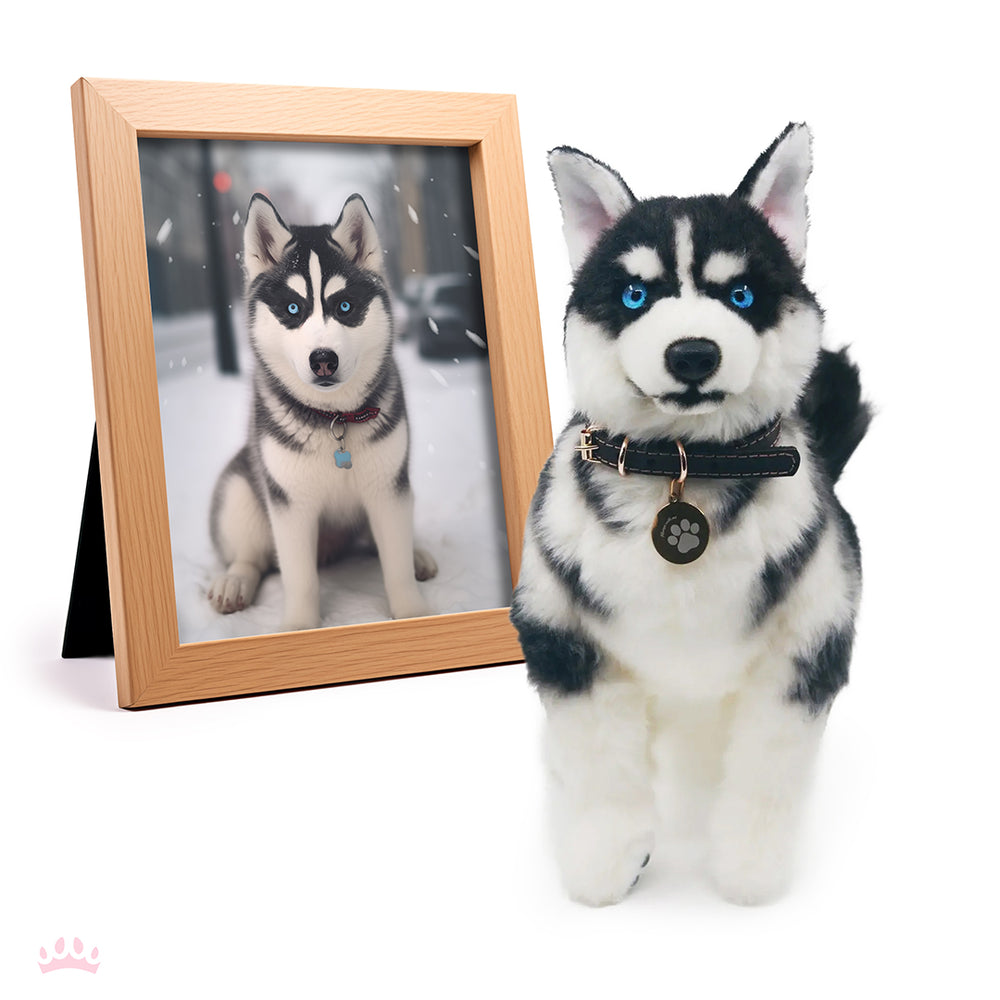
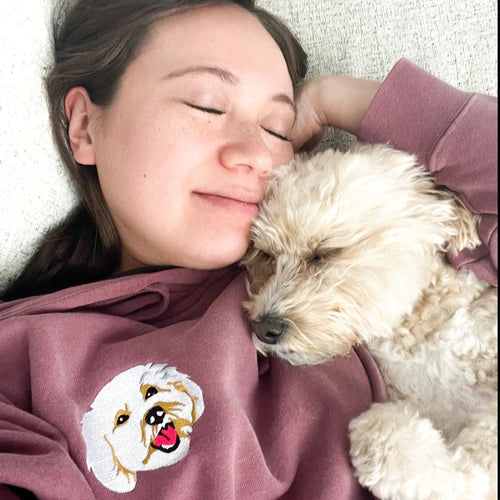
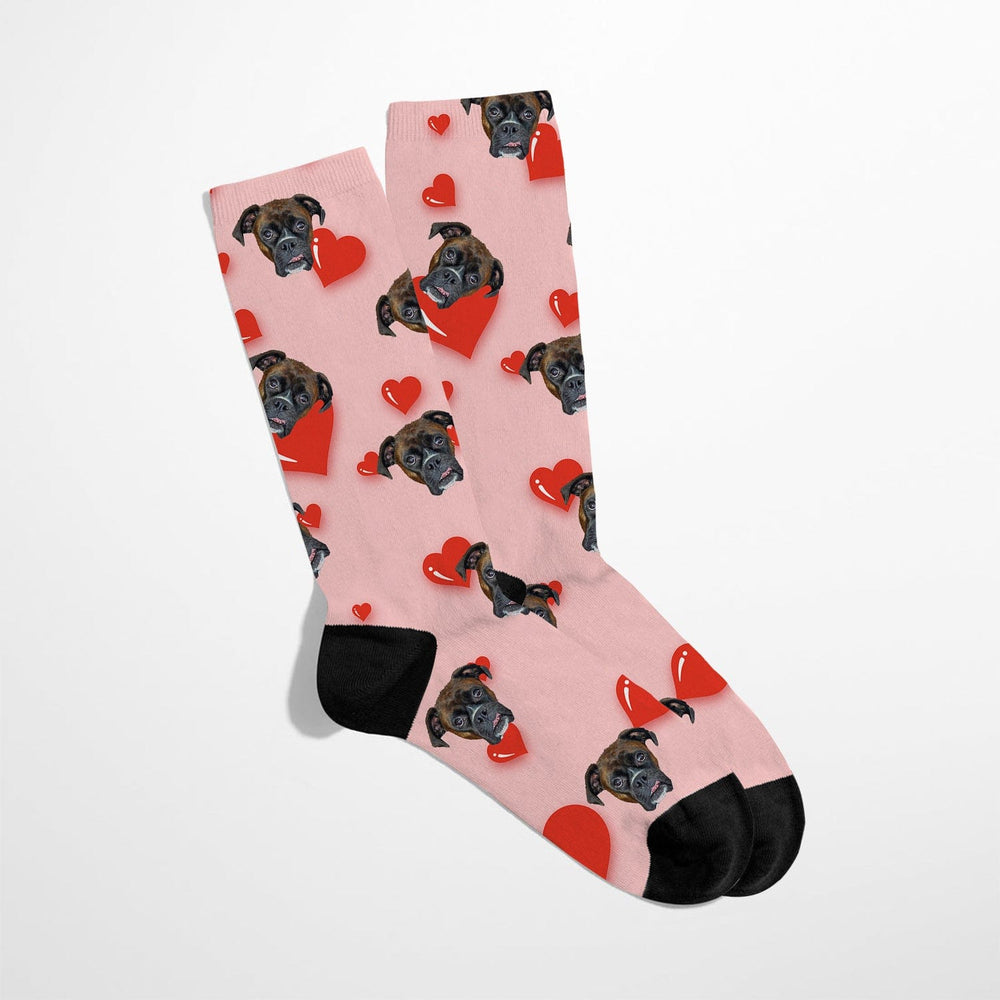
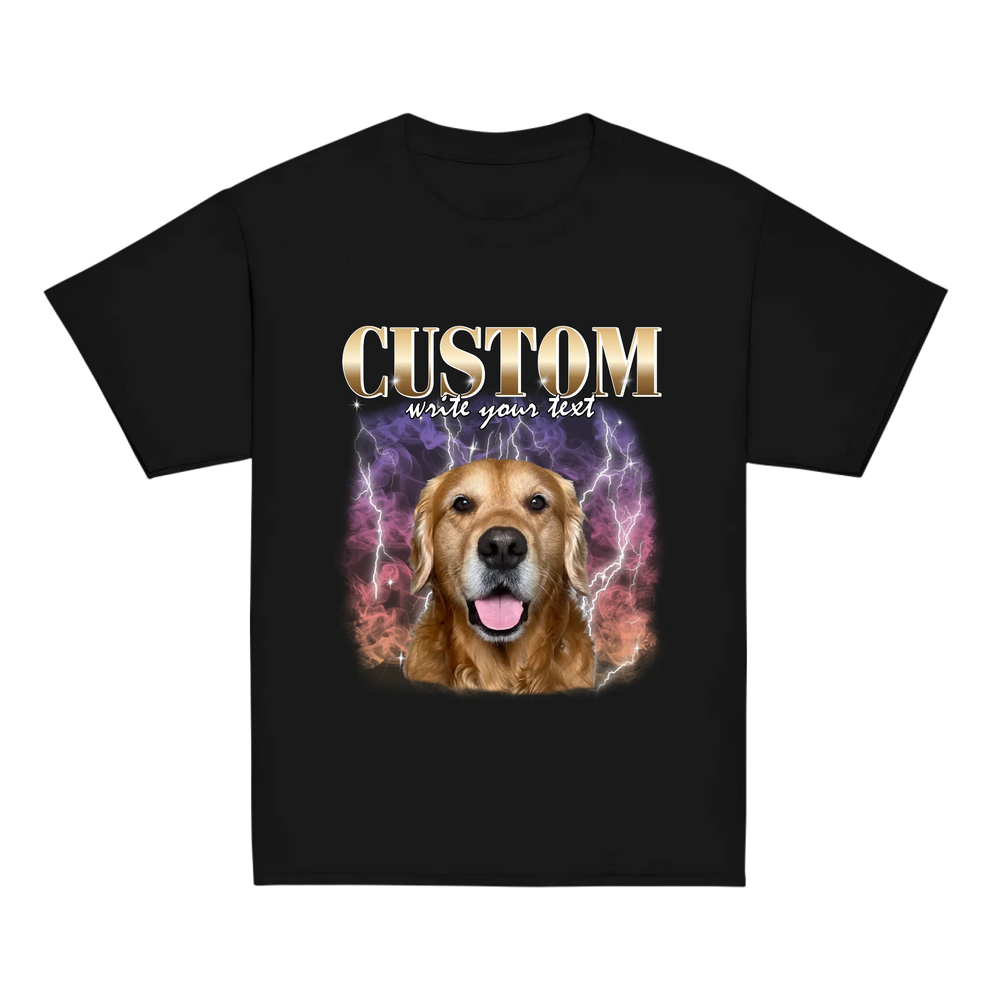
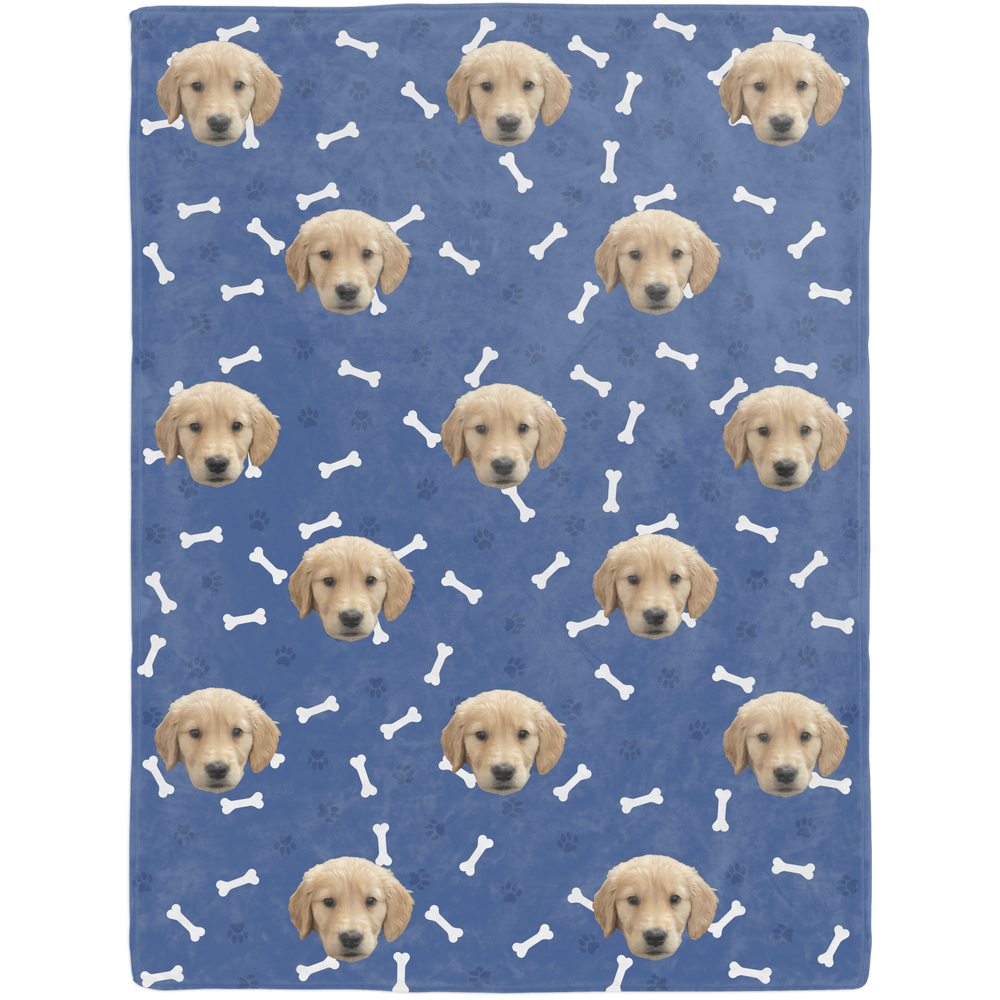
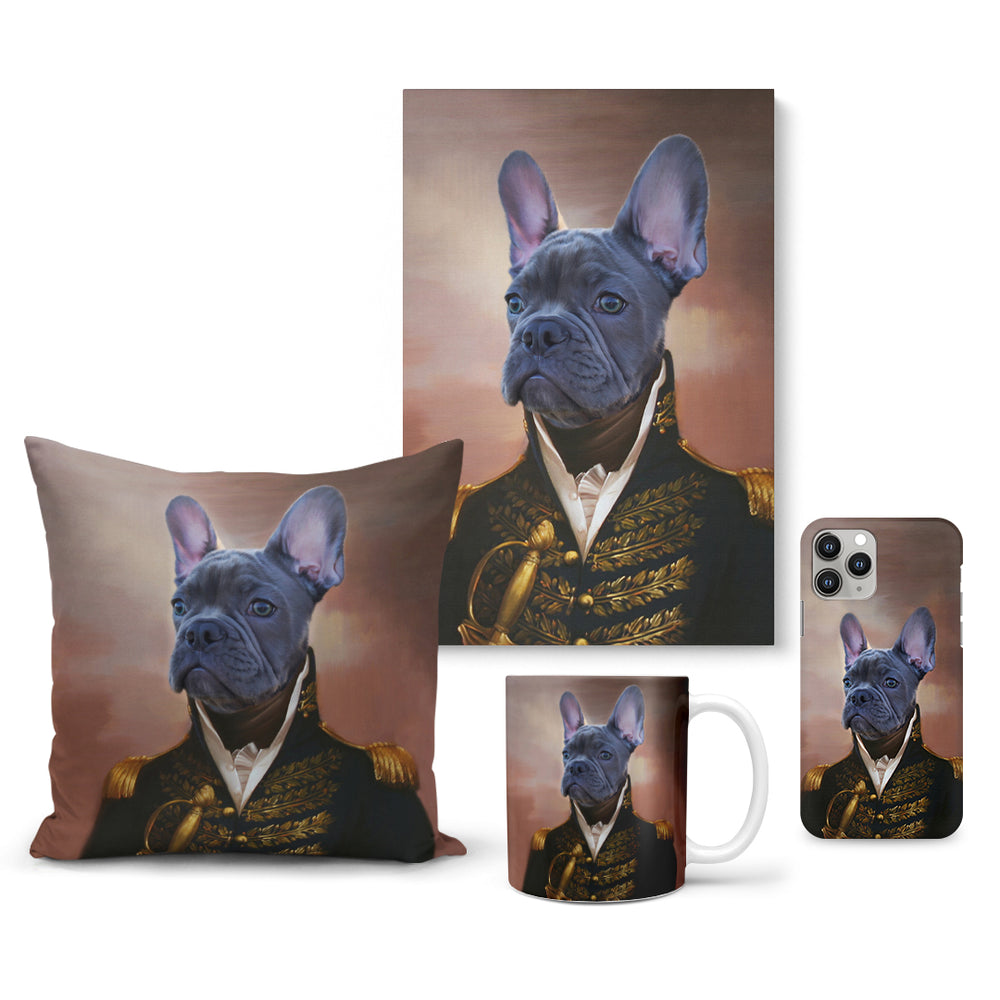
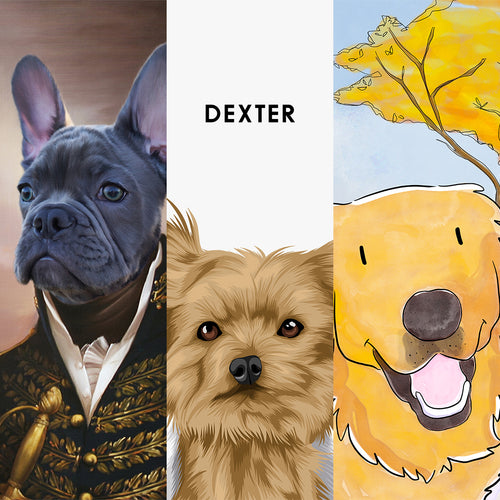
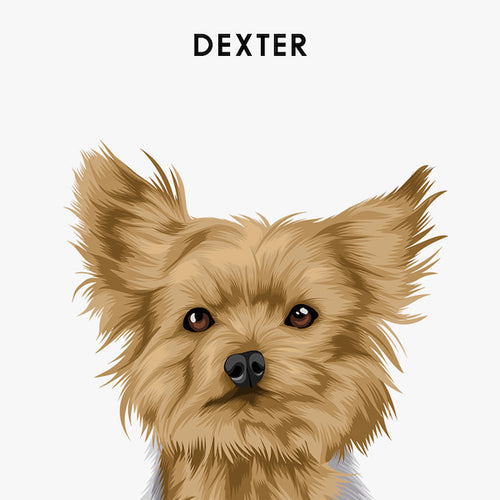
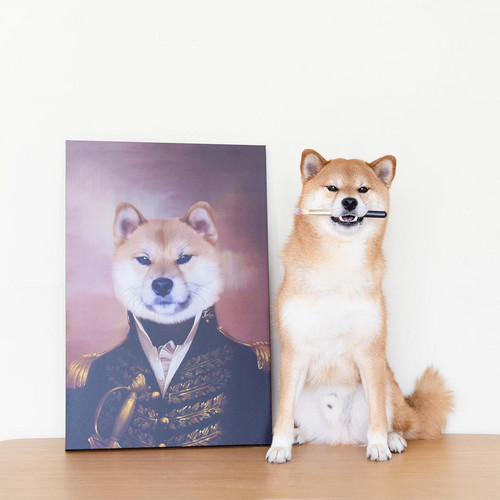
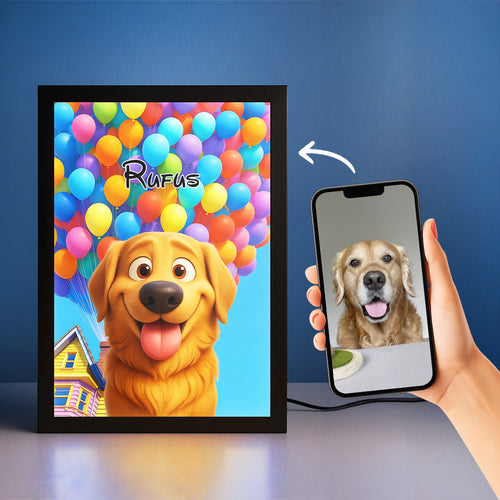
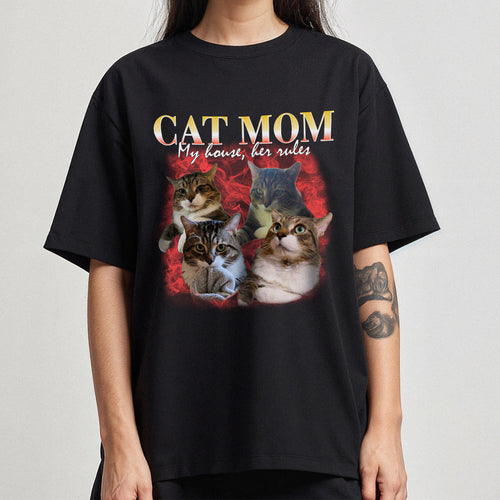



 Reviews
Reviews
 My Account
My Account
 Contact Us
Contact Us
 Help
Help


